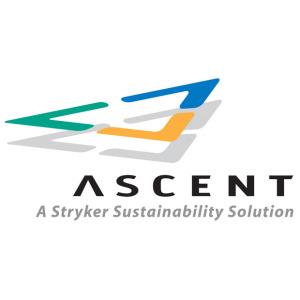by
Heather Mayer, DOTmed News Reporter | June 07, 2010
Ascent, formerly Ascent Healthcare Solutions, recently added yet another single-use device (SUD) to its repertoire of about 90 reprocessed medical devices. The EZ STEER bi-directional catheters, manufactured by Biosense Webster, are now available for reprocessing through Ascent's program.
The bi-directional catheters are 4 mm and used for catheter-based atrial and ventricular electrophysiological mapping procedures to treat arrhythmias.
Lars Thording, Ascent's director of marketing, points out that some of the EP labs that use Ascent's reprocessing program have saved $400,000 in a year. Hospitals that use the company's program spend about 50 percent compared to the cost of an original device.



Ad Statistics
Times Displayed: 172765
Times Visited: 3129 For those who need to move fast and expand clinical capabilities -- and would love new equipment -- the uCT 550 Advance offers a new fully configured 80-slice CT in up to 2 weeks with routine maintenance and parts and Software Upgrades for Life™ included.
When it comes to choosing what devices Ascent can reprocess, the decision is based on two factors: what devices are capable of being reprocessed to their original function and cleanliness, and what devices are capable of creating "substantial savings" for the hospital, says Thording.
In most cases, it is Ascent's hospital clients that bring device suggestions to the reprocessing company.
"Typically what happens is an EP lab would look at the devices used, the ones they spend a lot of money on, and realize that if [they] could reprocess [the devices], that would free up resources desperately needed for other things," says Thording.
Thording says being able to offer electrophysiology labs (EP labs) reprocessed devices is really exciting because it will help the labs, which are already under financial pressures, save money.
"EP labs are one of the areas in hospitals that experience rapid development of new technology, which means constantly making investments and spending a lot of money on very expensive devices," says Thording. "It's important for EP labs to follow technological development, but it also sees cost pressures."

